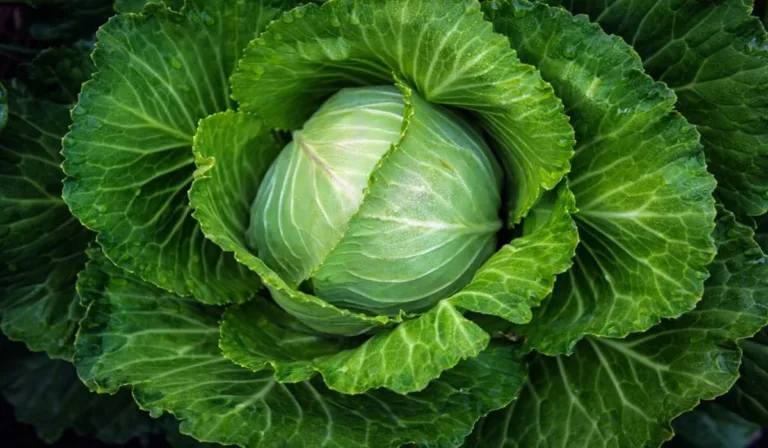Cabbage is a cool-season vegetable that is Easy to grow cabbage in a home garden. It’s a versatile vegetable, used in a various dishes, including salads, soups, and stir-fries. Here is a complete guide for how to grow cabbage in your home garden, what is the best month to plant cabbage? How long does cabbage take to grow, How to Plant, Grow, and Harvest Cabbage, How to grow cabbage from scraps:
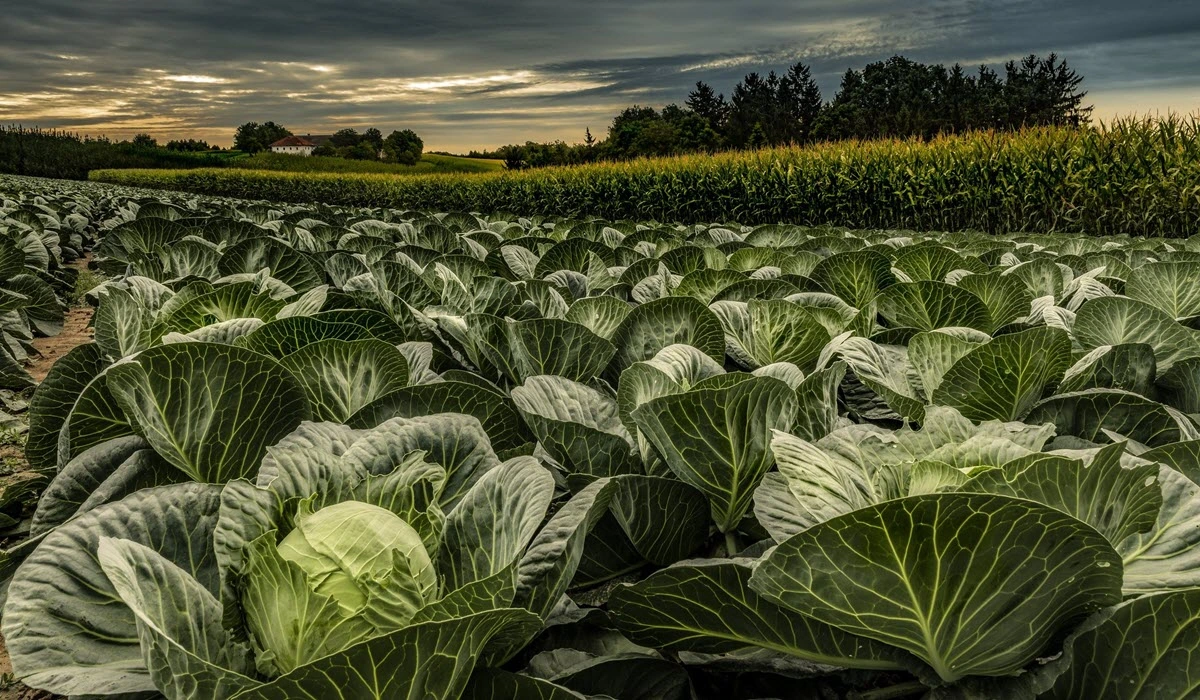
Choose the Right Variety
There are many different varieties of cabbage to choose from, including green cabbage, red cabbage, and Napa cabbage. Choose a type that is well-suited to your climate and growing conditions.
Planting
Cabbage can be planted from seeds or seedlings. If you’re starting from seeds, start them indoors 6-8 weeks before the last frost date. If you’re planting seedlings, plant them outdoors after the last frost date. Plant the seedlings about 18-24 inches apart in rows that are 2-3 feet apart.
Soil for Grow Cabbage
Cabbage prefers well-drained soil that is rich in organic matter. Add compost or aged manure to the soil before planting to improve its fertility.

|
Gardening Gloves for Women and LadiesCOOLJOB Gardening Gloves for Women and Ladies, 6 Pairs Breathable Rubber Coated Yard Garden Gloves, Outdoor Protective Work Gloves with Grip, Medium Size Fits Most, Red & Green |
Watering
Cabbage needs regular watering, especially during the hot and dry summer Months. Water the plants deeply once a Week or more often if the weather is Particularly dry.
Fertilization for Grow Cabbage
Cabbage is a heavy feeder and needs regular fertilization to thrive. Apply a balanced fertilizer every 3-4 weeks during the growing season.
Pest Control
Cabbage is susceptible to pests like aphids, Cabbage loppers and cabbage worms. To control these pests, spray the plants with a natural insecticide like neem oil or introduce natural predators like ladybugs to the garden.
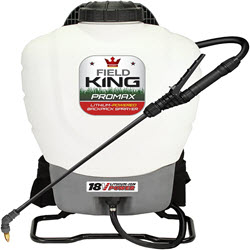
|
Battery Powered Backpack SprayerThe Field King pro Max 190515 lithium-ion battery powered 4 gallon backpack sprayer consists of an ergonomic design modeled after the existing Field King 190328 no-leak pump backpack sprayer. With integrated battery storage, this design ensures the equipment is protected from the elements & liquids during filling & spraying. |
Harvesting
Cabbage is typically ready for harvest 70-90 days after planting. To harvest, cut the head off at the base of the plant with a sharp knife. Leave the outer leaves in place and let the plant continue to grow, as it may produce smaller heads later in the season.
Best Time to cabbage planting
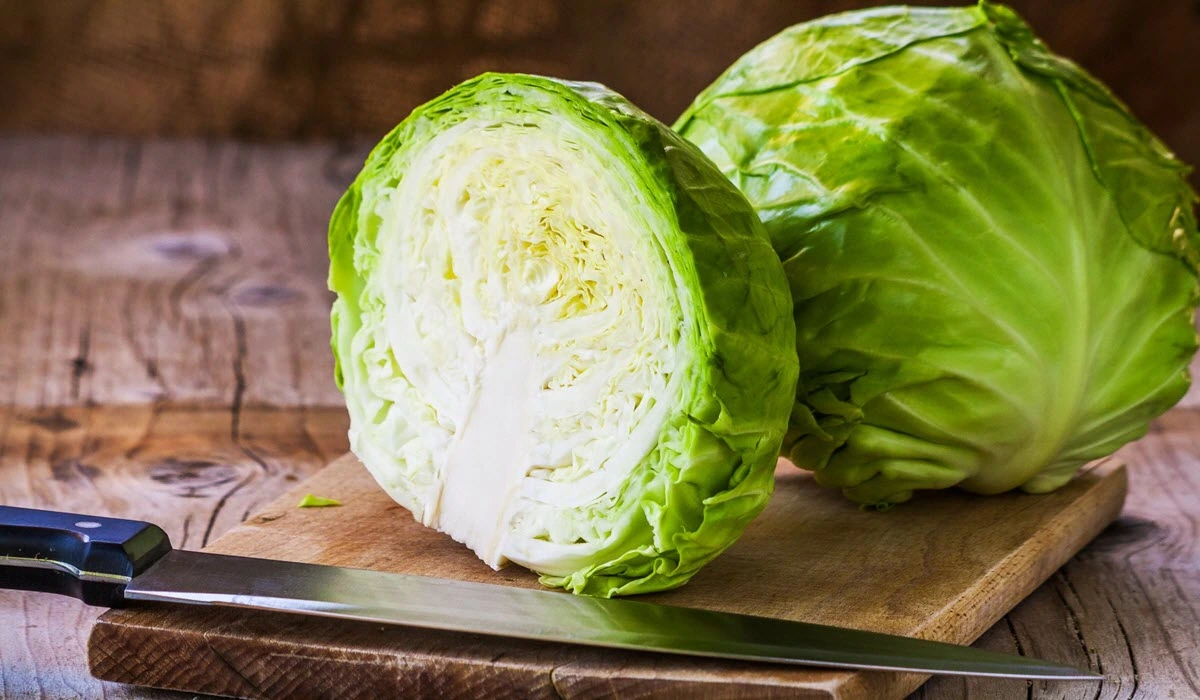
Cabbage is a cool-season crop and can grow well in cool temperatures, making it best suited for growing in the spring and fall seasons. The ideal temperature range for growing cabbage is between 60 to 65°F (15 to 18°C).
Cabbage plants can tolerate light frosts and temperatures as low as 20°F (-6°C), which means they can be planted in early spring before the last frost date or in late summer for a fall harvest. In warmer regions, it’s best to plant cabbage in the fall Season when temperatures Start to cool down.
Does cabbage need a lot of water?
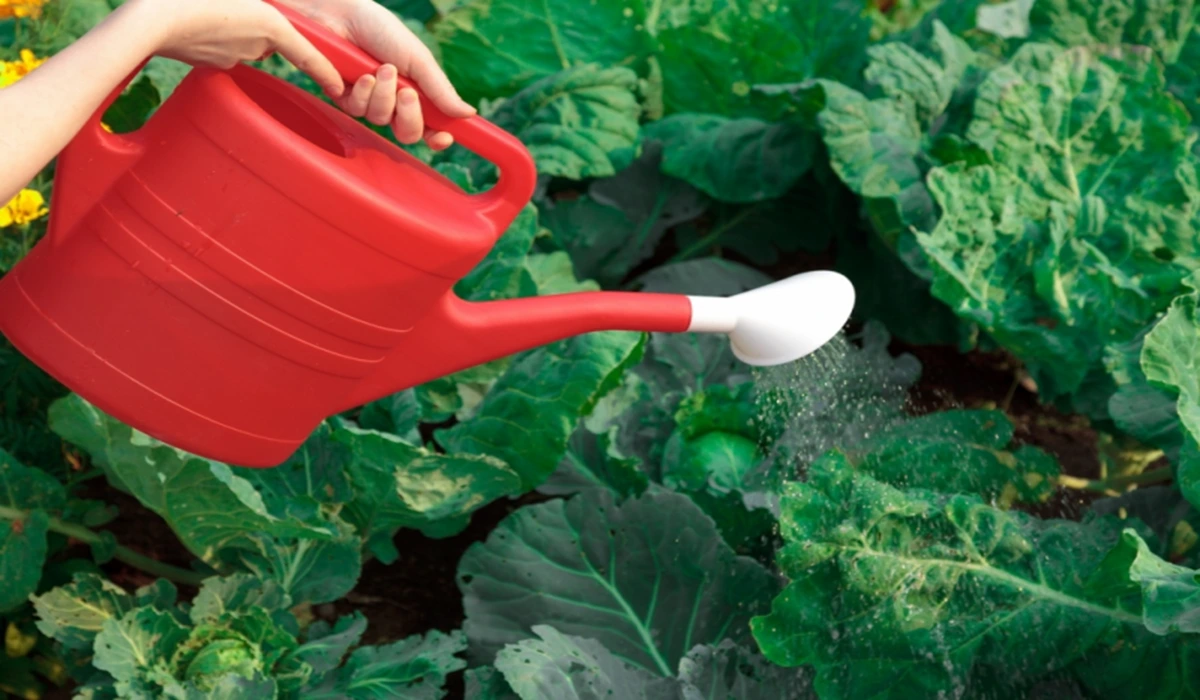
Cabbage plants require consistent and adequate moisture to grow and produce healthy heads. However, it’s essential to ensure that the soil is well-drained and doesn’t become water logged as this can lead to root rot and other issues.
Cabbage plants typically require about 1 to 1.5 inches of water per week, depending on the weather conditions and soil moisture levels. It’s best to water deeply and infrequently rather than shallowly and frequently. This allows the water to penetrate deep into the soil and encourages the roots to grow deeper, which makes the plants more drought-resistant.
Types of Cabbage
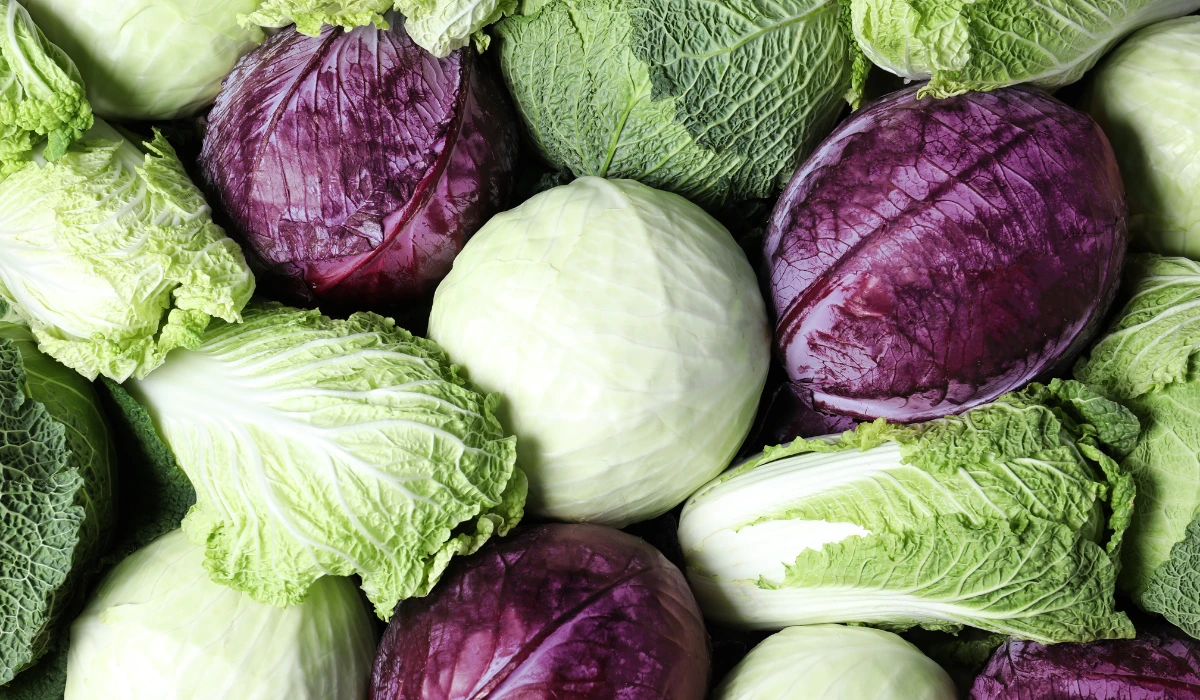
There are many different types of cabbage, each with it’s unique characteristics in terms of taste, texture, and color. You can grow cabbage indoors. Here are some of the most common types of cabbage:
Green cabbage
This is the most common type of cabbage, and it’s the one you’ll typically find in grocery stores. Green cabbage grows very well in winter. It has a mild flavor and a crunchy texture, making it ideal for salads, coleslaw, and stir-fries.
Red cabbage
This type of cabbage has a purple color and a slightly sweeter taste than green cabbage. It is used in salads, slaw, and pickling.
Savoy cabbage
Savoy cabbage has a crinkled texture and a milder flavor than other types of cabbage. It’s commonly used in soups, stews, and braised dishes.
Napa cabbage
Also known as Chinese cabbage, Napa cabbage has a mild, sweet flavor and a delicate texture. It’s commonly used in Asian cuisine, especially in stir-fries and kimchi.
Bok Choy
Bok Choy is a type of Chinese cabbage that has a mild flavor and a crunchy texture. It’s commonly used in stir-fries and soups.
Brussels sprouts
Brussels sprouts are a type of miniature cabbage that grows on a stalk. They have a slightly bitter taste and are commonly roasted or sautéed.
Disease Attack in Cabbage and its solution
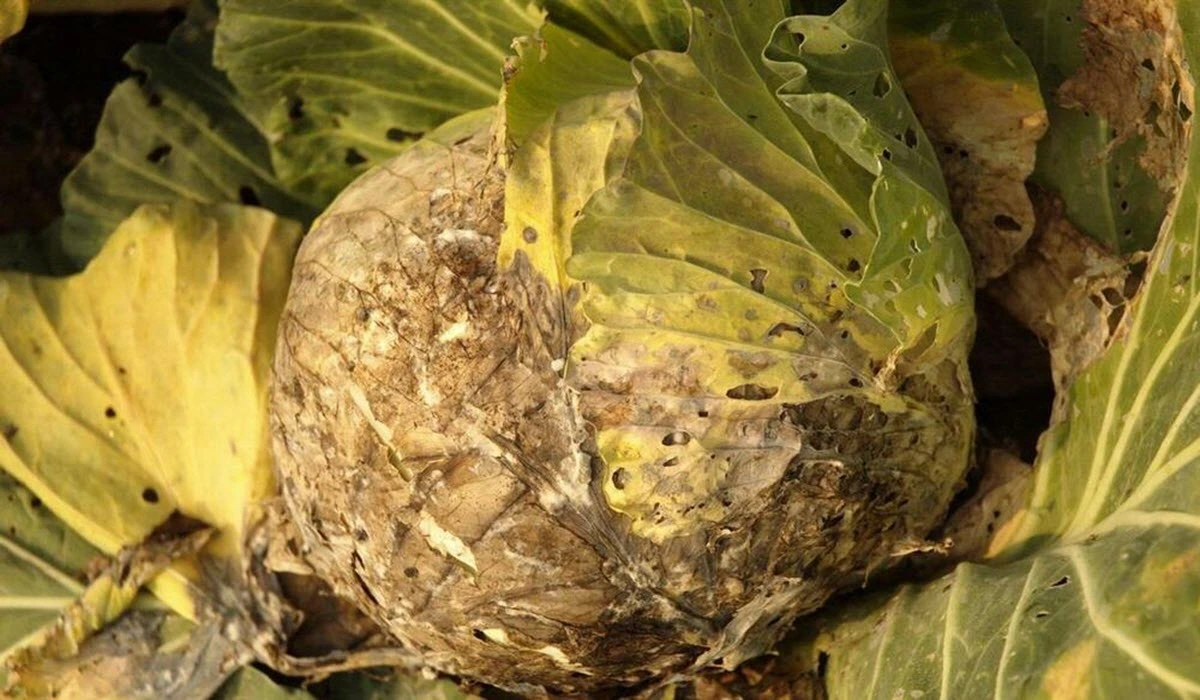
- Club root: Club root is a soil-borne disease that causes stunted growth and deformed roots in cabbage plants. To prevent club root, avoid planting cabbage in soil infected with the disease. If club root is already present in the soil, use a resistant variety of cabbage, rotate crops, and maintain good soil drainage.
- Black Rot: Black rot is a bacterial disease that causes yellowing and wilting of the leaves and blackening of the stem. To prevent black rot, practice crop rotation, remove infected plants immediately, and avoid planting cabbage in soil infected with the disease.
- Downy Mildew: Downy mildew is a fungal disease that causes yellowing of the leaves and a white or gray fuzzy growth on the undersides of the leaves. To prevent downy mildew, avoid overhead watering, plant in well-drained soil, and practice good air circulation.
- Fusarium Yellows: Fusarium yellows are a fungal disease that causes yellowing and wilting of the leaves, stunted growth, and root rot. To prevent fusarium yellows, use a resistant variety of cabbage, rotate crops, and avoid planting cabbage in soil infected with the disease.
- Alternaria Leaf Spot: Alternaria leaf spot is a fungal disease that causes small, circular spots on the leaves that eventually turn brown and coalesce. To prevent Alternaria leaf spots, avoid overhead watering, plant in well-drained soil, and maintain good air circulation.
Health benefits of cabbage
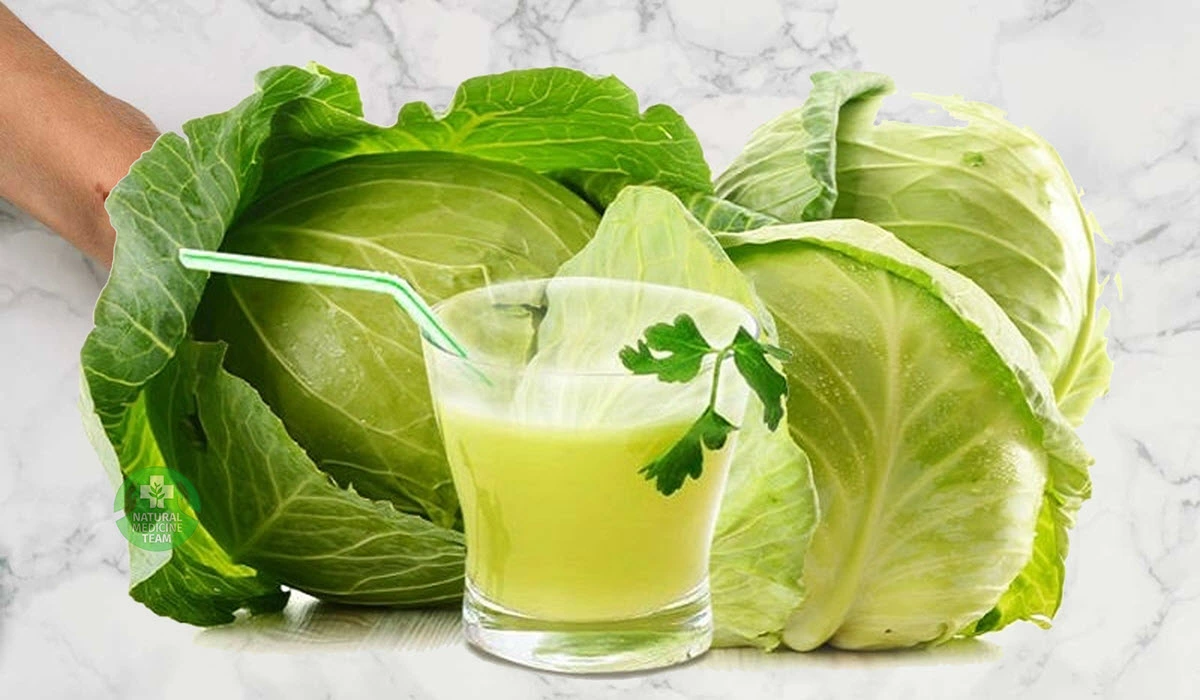
- Rich in Nutrients
- Supports Digestive Health
- May Lower Cholesterol
- May Reduce Inflammation
- May Support Brain Health
- May Help to Prevent Cancer
In conclusion, growing cabbage in a home garden is relatively easy and can be a rewarding experience. By following the steps outlined above, you can grow healthy, delicious cabbage that can be used in a variety of dishes.

